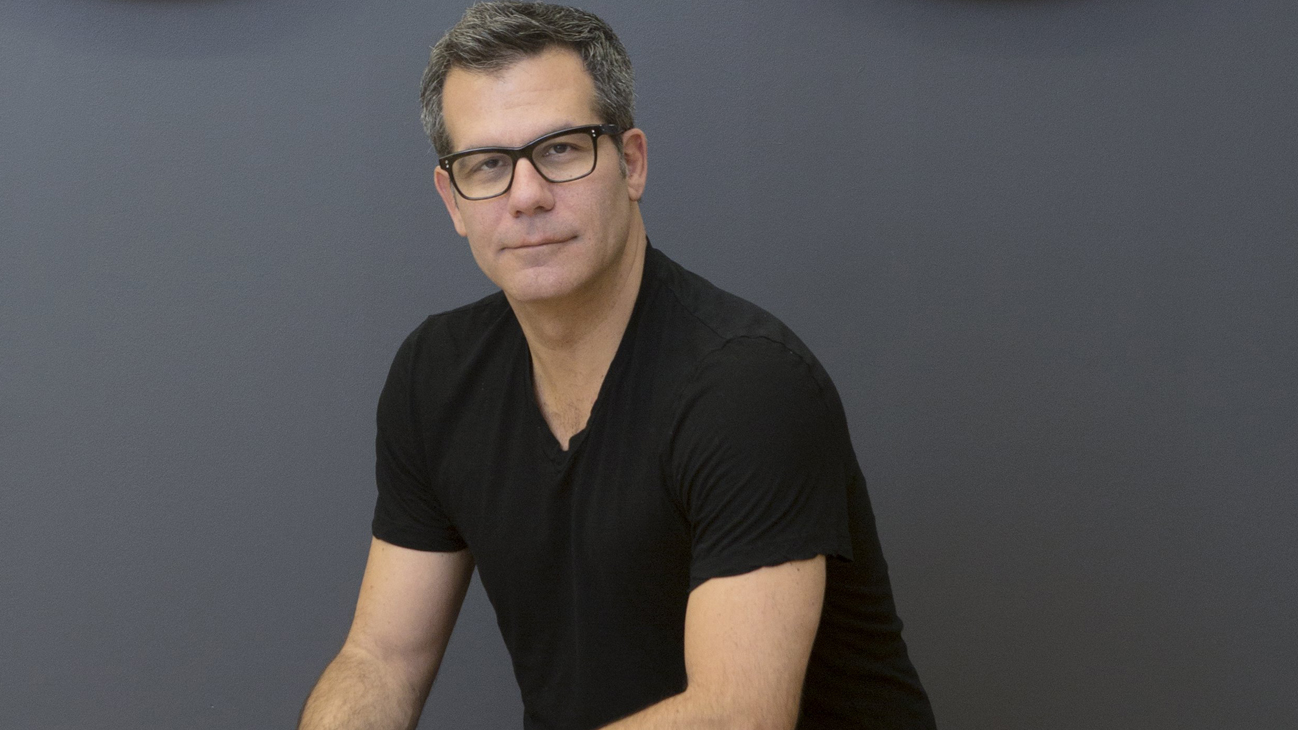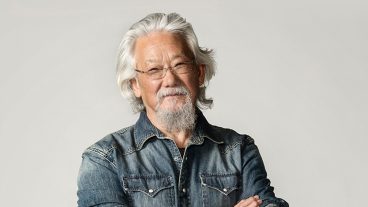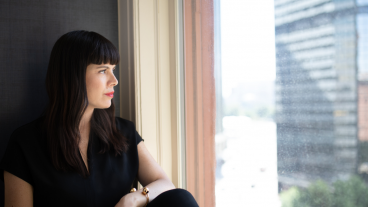Cities across the world have shut down in an effort to quell surging COVID-19 infection rates. This can’t continue forever, writes leading economist Richard Florida in a Globe and Mail opinion piece. Not only does it have an economic impact, a city-wide closure also takes a toll on our society, culture, and mental health. Sooner or later, our cities will have to re-open. The question is, how can we do this safely?
Richard is one of the world’s most sought-after experts on global trends, economics, prosperity, competitiveness, and growth. He is also a bestselling author of several books, including The New Urban Crisis: How Our Cities Are Increasing Inequality, Deepening Segregation, and Failing the Middle Class — and What We Can Do About It; The Rise of the Creative Class Revisited; The Great Reset; and more.
“If we want to reopen safely and securely, we have to start preparing now,” writes Richard. In addition to widespread testing, continued monitoring, and more interventions, he provided a short list of practical steps to take to prepare our cities to re-open while awaiting new therapies, vaccines, etc.
Airports
“They will require a significant retrofit, considerably bigger than in the wake of the 9/11 terrorist attacks,” Richard says. Temperature checks and health screenings will likely be our new normal, and airports will have to be re-organized to take social distancing into account.
“Some of this is as simple as painting lines or circles on the floor, DIY versions of which are already cropping up in grocery stories,” he says. Masks, gloves, and hand sanitizer may also have to be available not only to airport and airline staff but also passengers.
Large Events
Similar kinds of action, Richard writes, will also be necessary in hockey arenas, football stadiums, convention centres, performing arts centres, universities, schools, and indoor shopping malls. All of which bring together large numbers of people in a confined space.
Transit
Speaking of an influx of people stuck in a confined space — public transportation. Buses, subways, and trains are obviously full of germs. Cities will need to keep rush hour crowds at a minimum with strict passenger counts and retrofitted stations to allow for social distancing. Richard suggested that working hours become staggered so that people can start using transit at different times.
In reality, as many of us ave already learned, biking and walking are now the safest way to get around. “Bike lanes should be expanded,” Richard wrote, “and bike and scooter sharing programs should be, too.” With some cities already shutting down streets to car traffic for pedestrian-use only, Richard suggests that these short-term solutions become long-term.
Small Businesses
We are currently at risk of one day walking down city streets and seeing, block after block, empty storefronts — the very businesses that give cities character, culture, and draw. These are the restaurants, cafés, hair salons, barbershops, galleries, museums, music venues, etc.
“In addition to mortgage, rent and tax relief, zero-interest loans and other forms of financial assistance, they will need technical assistance on what they will have to do to reopen and stay open safely,” Richard writes.
Essential workers
Through all of this also comes a need to protect those workers manning the front lines for us — the emergency responders, nurses’ aides, physicians’ assistants, transit workers, delivery workers, grocery store clerks, cleaners, etc. Along with better pay, they need access to masks and protective gear to keep them safe, and this gear needs to better than the makeshift DIY gear many of us are sporting today.
“Let’s mobilize Canadian fashion designers and clothing companies to provide personal protective gear that is functional and not so visually obtrusive,” Richard says.
We cannot give up on our cities, Richard says. Density and the clusters of talented people in urban areas are drivers of innovation and economic growth. But this pandemic has exposed some of our weak points that will have to be addressed in order for our cities to remain safe and prosperous in the future, Richard urges.
“The virus has exposed a deep density divide: rich people density, where the advantaged can do remote work and order in delivery from their expensive homes, versus poor people density where the less advantaged are crammed together in multi-generational households who must head out on transit to work in crowded, exposed conditions. This density divide weakens all of us because vulnerable communities open all of us to the spread of the virus. A city cannot be safe if it is not equitable.”
There is hope though. To date, no pandemic has killed off our great cities. But, he writes, we must work together to develop a plan that allows us to safely re-open our communities and reboot our economy that helps all of us.




